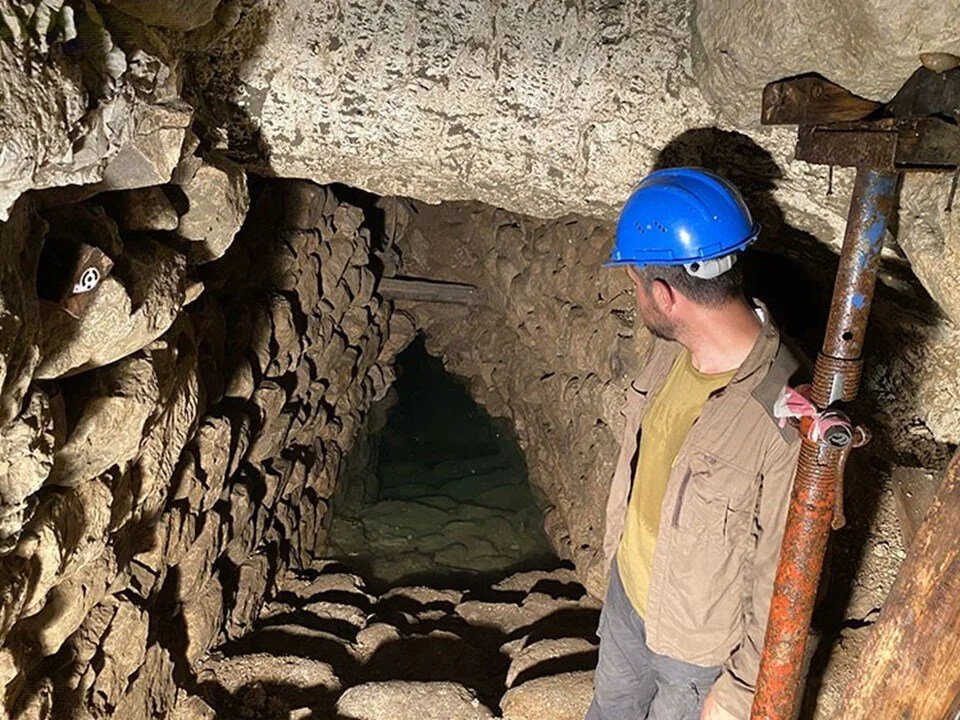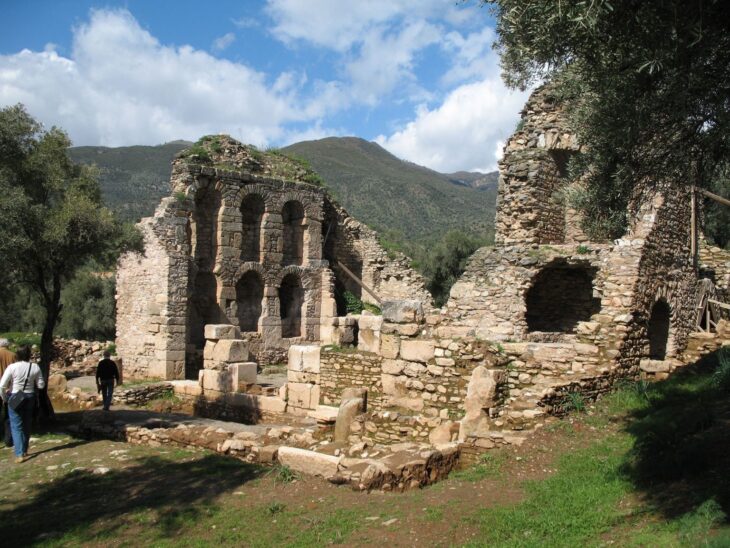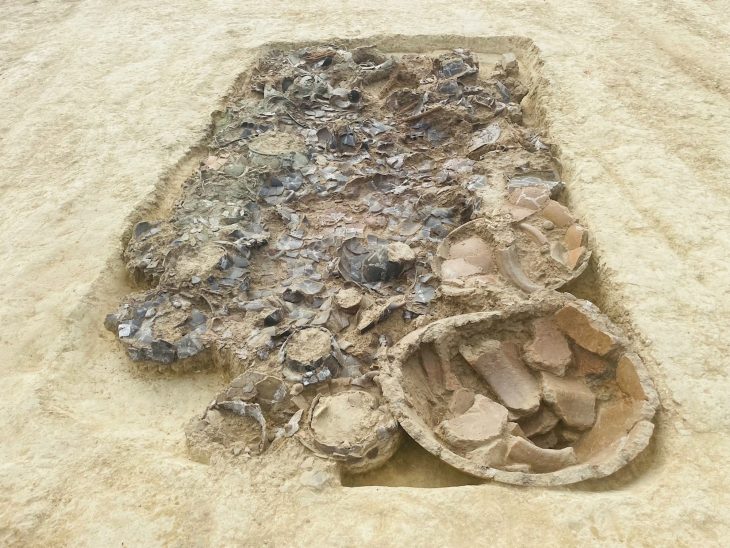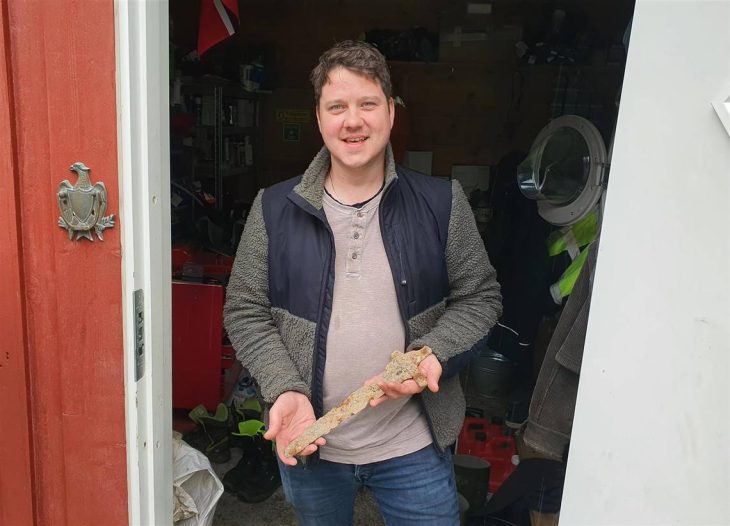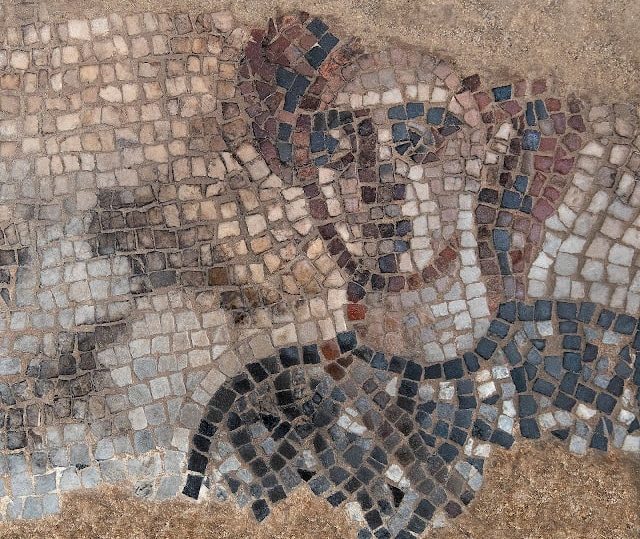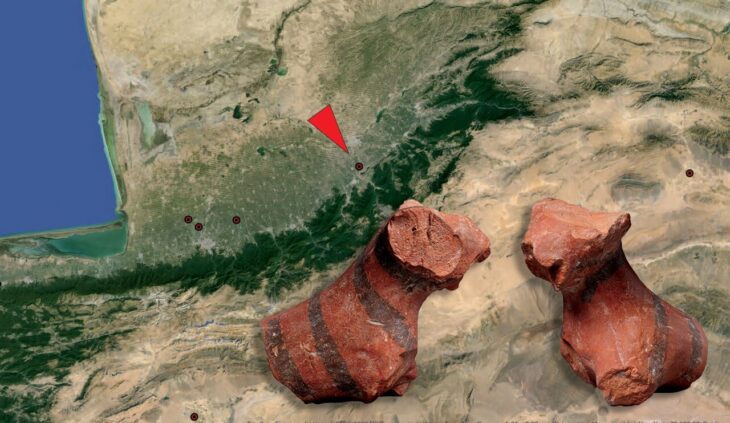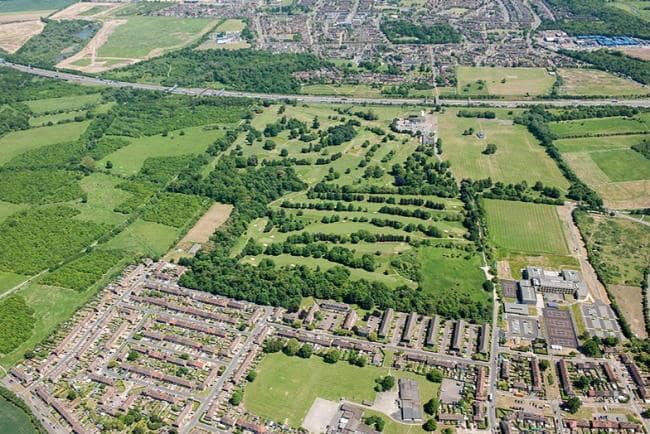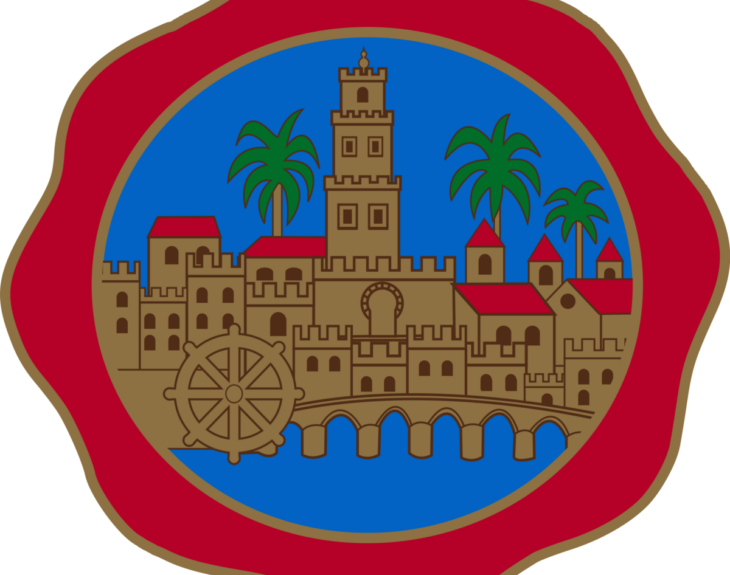In the sacred Hittite city of Nerik, located in the northern Vezirköprü district of Samsun province in the Central Black Sea Region of Türkiye, 3,000-year-old hazelnut shells and pieces of wooden cut with bronze tools were found.
Since the Fall of 2005, a research team, including academics from the U.S., Australia, Germany, and Türkiye, under the direction of Prof. Dr. Jörg Klinger and PD Dr. Rainer Czichon has been conducting excavations at the site.
Hattushili III, brother of Muwatalli (1259 BC), was crowned king by the storm god of Nerik. While research on the political capital at Hattusa has continued over the past century, the history of Nerik, known to have been located in the mountains of Haharwa near the Kizilirmak river in northern Anatolia, is still only poorly known.
The first two survey seasons already yielded five fragments of Hittite cuneiform texts and two sealed bullae with hieroglyphic Luvian inscriptions. These not only represent the oldest written documents in northern Anatolia, but also the northernmost finds associated with Hittite culture.
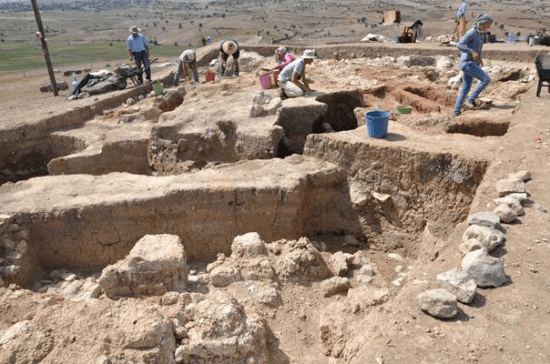
PD Dr. Rainer Czichon said that they had carried out a surface survey during the first two years, and then started excavations. “We already know that this region is a Hittite settlement. We have found cuneiform tablets that will prove that this place is Nerik. There are scriptures about Nerik in four cuneiform tablets that we found this year. There is a part named ‘Tahanga’ in two of the tablets. Tahanga is a section in Nerik’s ‘god of air’ temple. This is strong proof that Oymaağaç is Nerik. We are sure for 95 percent,” Czichon said.
📣 Our WhatsApp channel is now LIVE! Stay up-to-date with the latest news and updates, just click here to follow us on WhatsApp and never miss a thing!!
The research team discovered surprising findings during their work this year.
Noting that 3,000-year-old hazelnut shells were extracted from the sacred water inside the tunnel, the excavation team said, “We believe that the temple there was used for many years. We see in the Oymaağaç Mound that it was used in the Old Hittite period, that is, from the 16th century B.C. to the 12th century B.C. We found a tunnel above the temple, and as we excavated the tunnel, we moved toward the water. At a depth of approximately 8 meters, we reached the area that the Hittites called ‘holy water.'”

“We believe that Nerik had a history of 3,500 years. But we were shocked when we found wooden remains inside the pool as there is no wet material in Anatolia. When we dug a little more in that area, we also found hazelnut shells. The 3,000-year-old hazelnut shells confirmed that the Black Sea Region was a hazelnut production center. Carbon dating tests on the wooden findings and hazelnut shells revealed they are approximately 3,000 years old.”
The artifacts unearthed from the region are presented to the public in the Nerik section of the Samsun Museum.
Cover Photo AA

